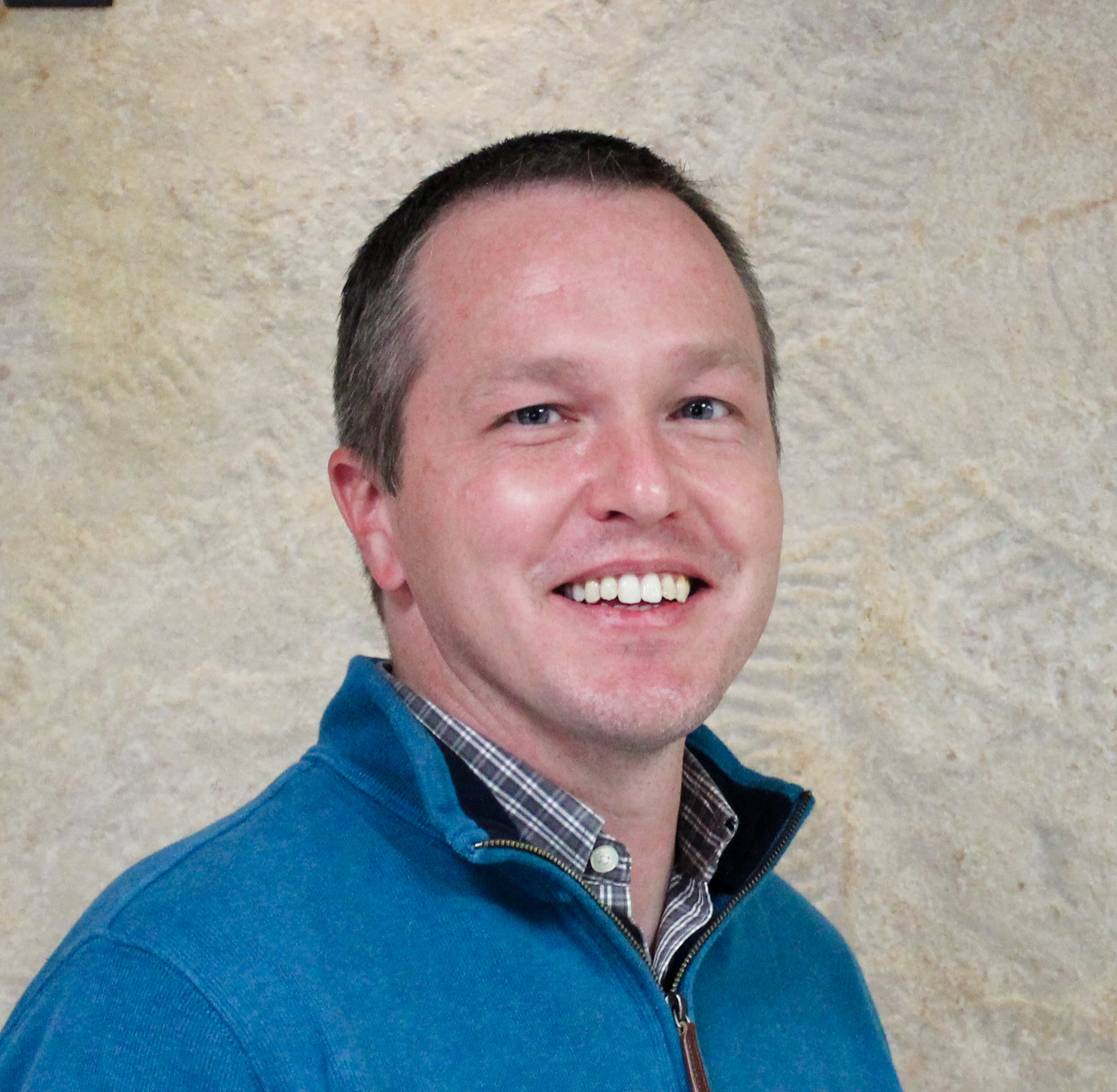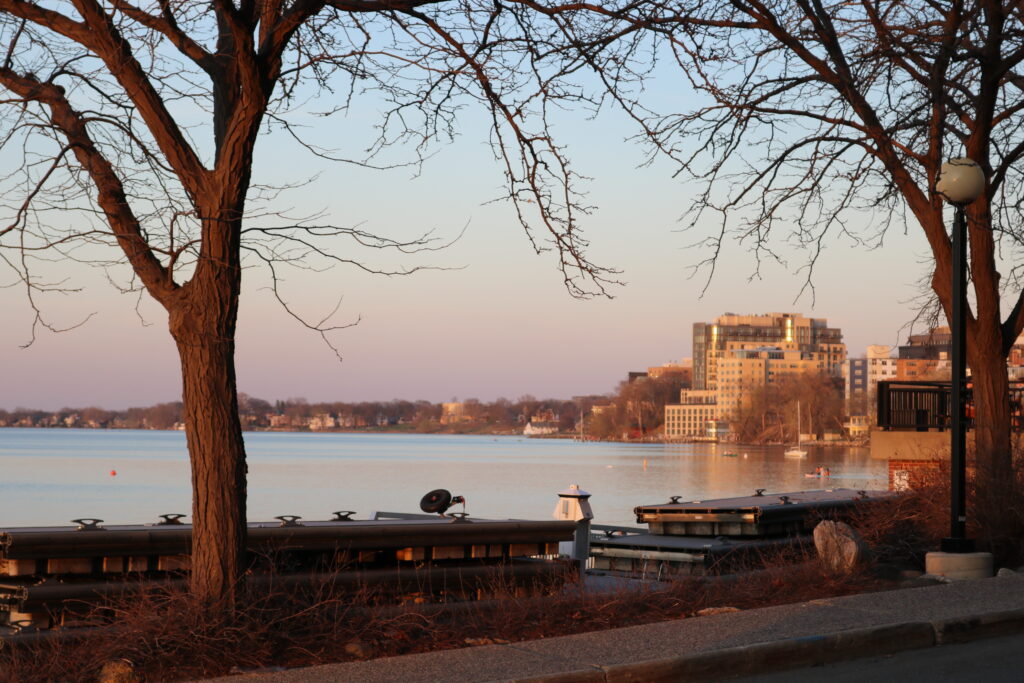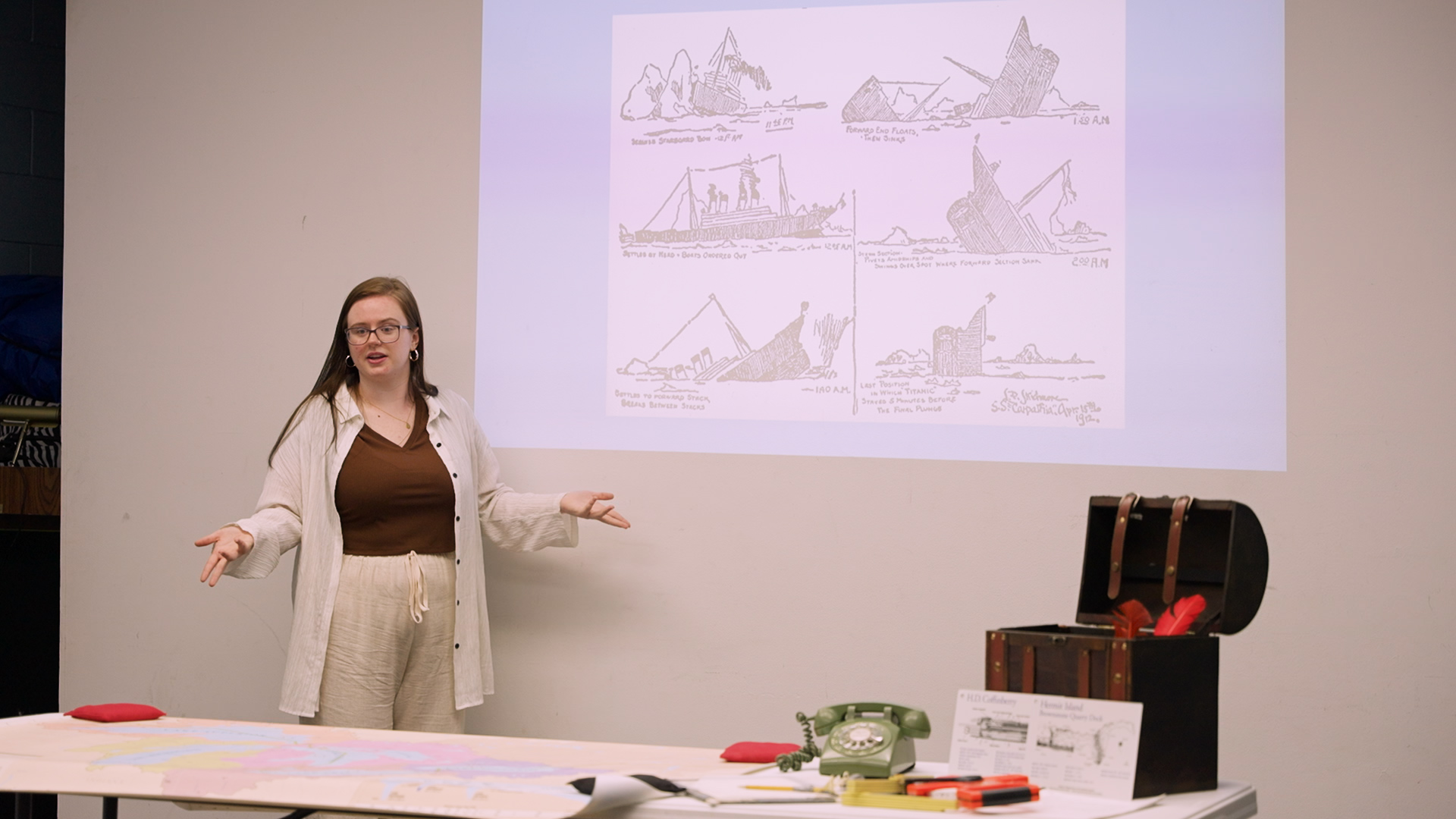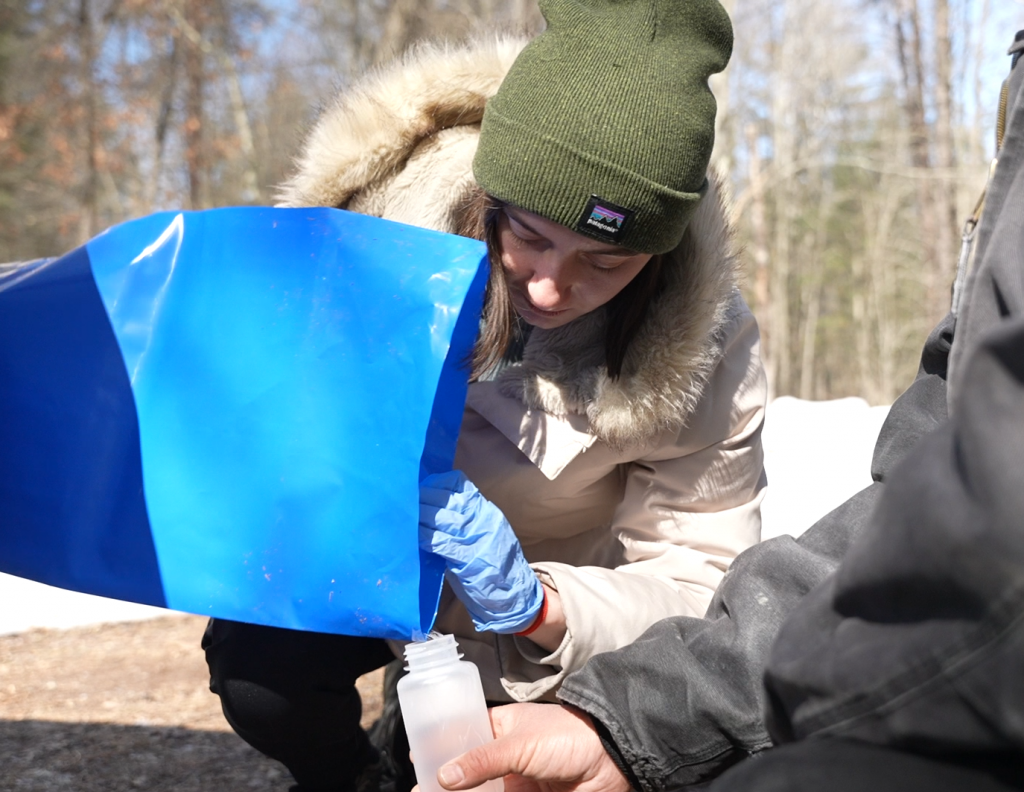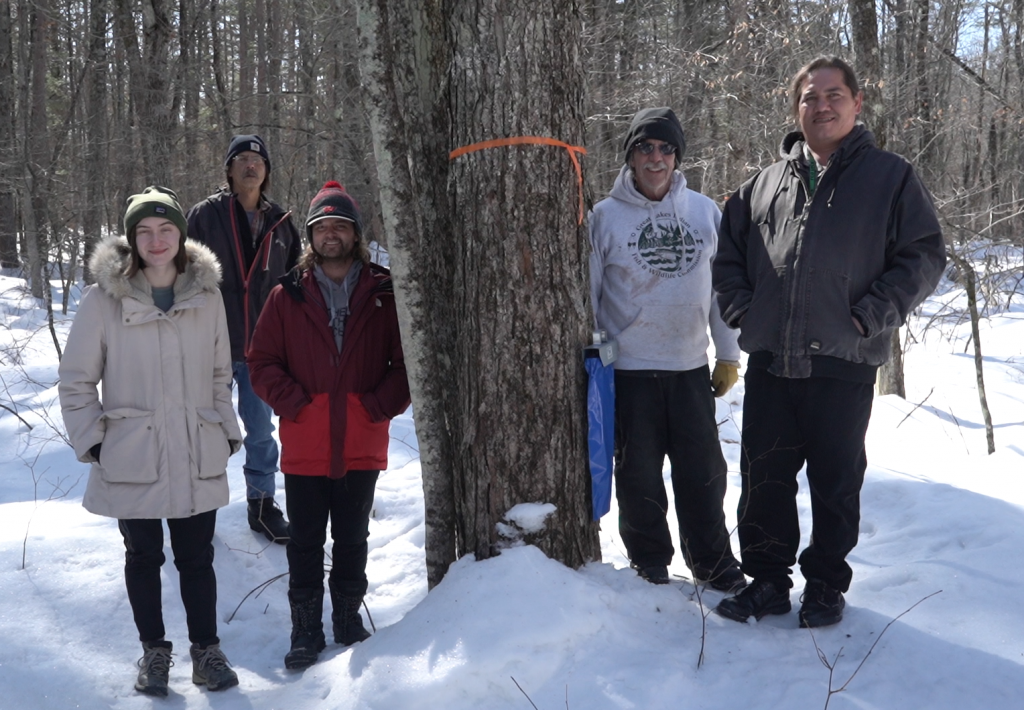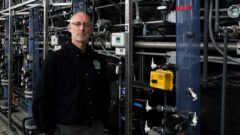PFAS Roundup: EPA adds 12 more versions of PFAS to freshwater fish monitoring while federal farm bills focus on “forever chemicals”

On Thursday, July 11, the U.S. Environmental Protection Agency (EPA) updated recommendations under the Clean Water Act, adding twelve versions of PFAS to the contaminant list along with amphetamine, three cyanotoxins, a flame retardant, and lead. The EPA noted that these are all pollutants that states, territories, and Tribes are recommended to monitor in local freshwater fish.
Great Lakes Now
https://www.greatlakesnow.org/2024/07/pfas-roundup-epa-adds-12-more-versions-of-pfas-to-freshwater-fish-monitoring-while-federal-farm-bills-focus-on-forever-chemicals/





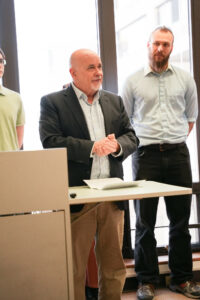

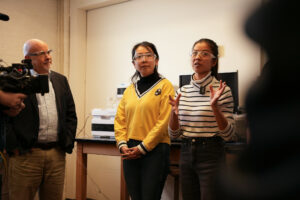







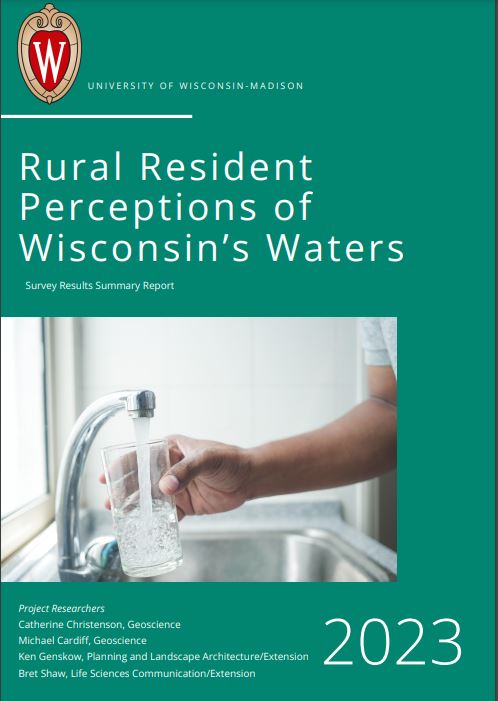 These findings regarding groundwater and surface water are based on a study by UW-Madison professors, including Michael Cardiff via a research project funded by the University of Wisconsin Water Resources Institute. The report, entitled, “
These findings regarding groundwater and surface water are based on a study by UW-Madison professors, including Michael Cardiff via a research project funded by the University of Wisconsin Water Resources Institute. The report, entitled, “